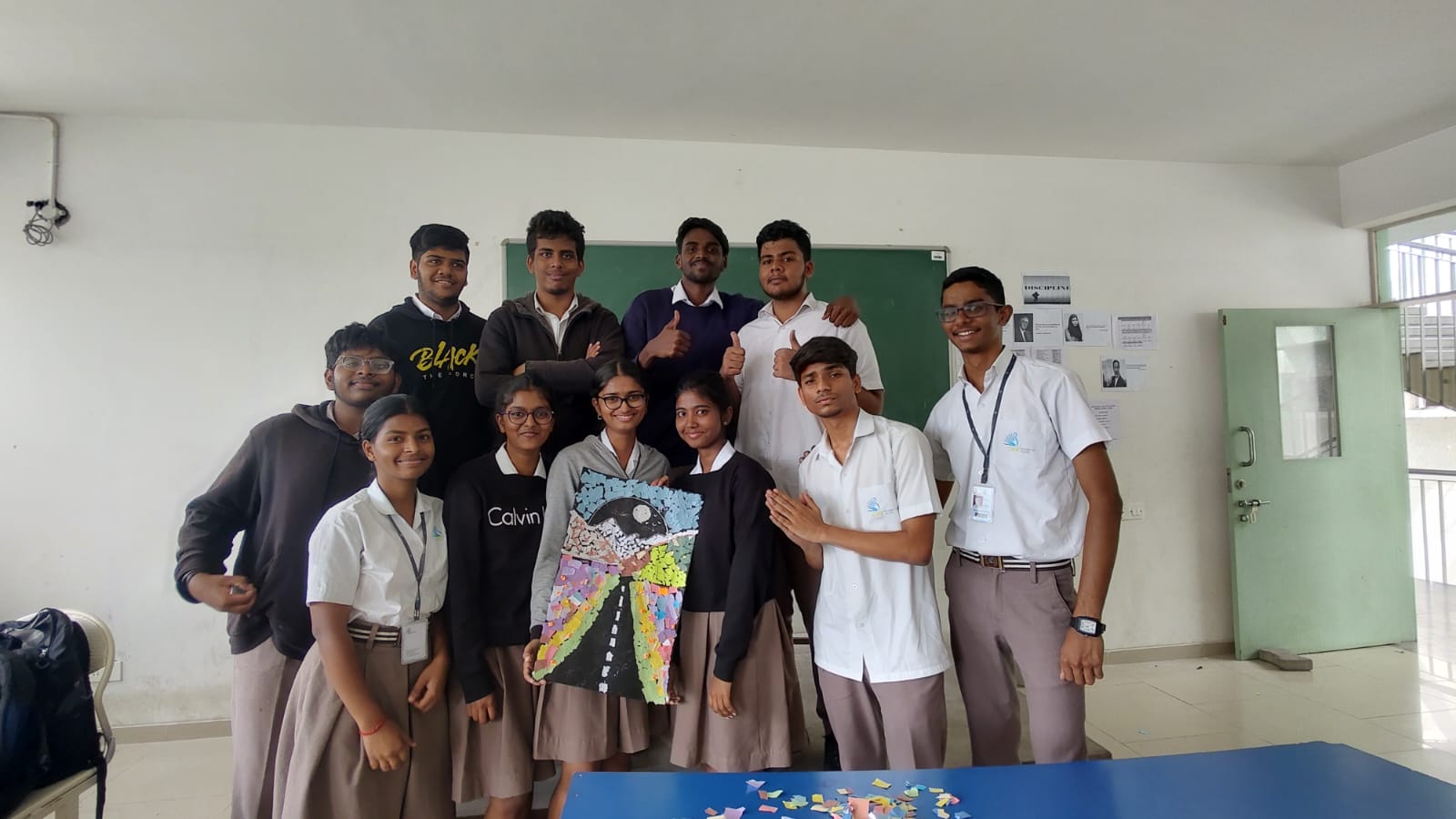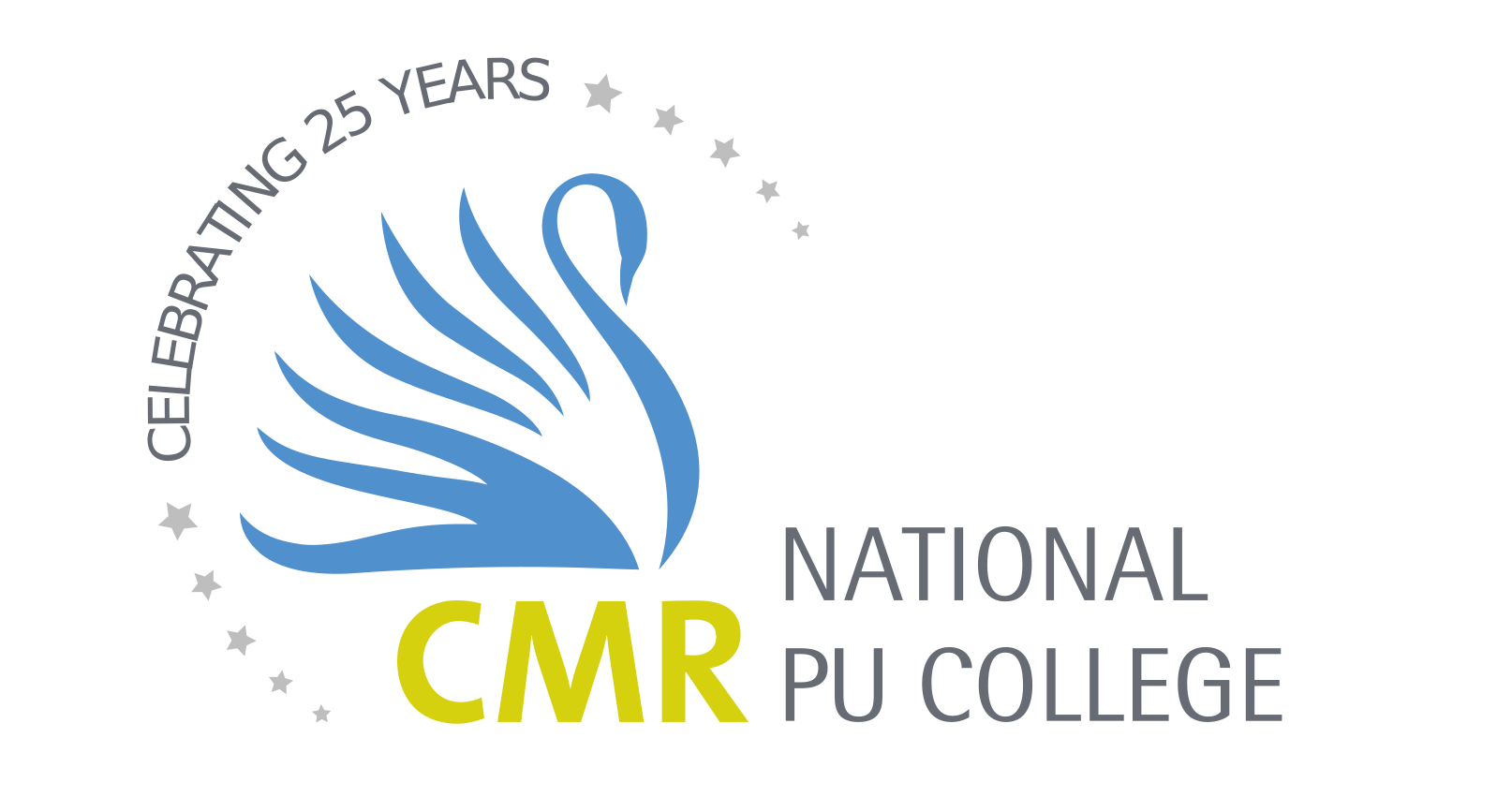Art has always been a reflection of the human experience, and its value in education goes far beyond aesthetics. It cultivates critical thinking, fosters collaboration, and promotes emotional well-being—all of which are essential in today’s fast-paced world. Yet, its role in formal education often remains underestimated.
In leading institutions like CMR National PU College, recognised among the Best PU Colleges in Bangalore, art is not treated as an afterthought or a casual activity. It is embedded in the learning process, enriching academic performance and building essential life skills.
Here we examine the undeniable role of art in education, offering insights into how creativity shapes well-rounded individuals and prepares them for the challenges of tomorrow.

Why Art is a Game-Changer in Education
Art is a language—a way to express, explore, and understand the world. Its impact on education extends far beyond creating pretty pictures or crafting sculptures. Here’s how:
1. Art Improves Academic Performance: The Science Behind Creativity
Contrary to popular belief, art and academics go hand in hand. Students engaged in art programs consistently outperform their peers in core academic subjects. A report by the Arts Education Partnership revealed that students involved in the arts are four times more likely to excel in academics and three times more likely to win academic recognition.
But how? Art sharpens skills like focus, critical thinking, and problem-solving—all of which are crucial for tackling complex subjects like mathematics, science, and literature. For example, a student painting a geometric composition is unknowingly applying mathematical principles like symmetry and proportion while also developing spatial reasoning.
At PU College Bangalore, art is seamlessly integrated into the academic curriculum. From using creative diagrams to explain scientific concepts to writing poetry in English class, art helps make learning more engaging, interactive, and effective.
2. Art Boosts Emotional Intelligence and Self-Expression
Art offers students a safe space to express themselves, process their emotions, and develop empathy. Whether it’s painting their dreams, acting out a historical event, or composing music, students learn to connect with their inner selves and others around them.
A study published in the Journal of Educational Psychology found that students who participate in art programs are more emotionally resilient and self-aware. This is particularly important for pre-university students, who often face the dual pressures of academics and social expectations.
At CMR National PU College, art is a cornerstone of our commitment to holistic education. Our students often share how art has helped them cope with stress, build confidence, and discover their unique voices.
3. Art Cultivates Creativity: Preparing for the Future
Creativity is no longer a “nice-to-have” skill—it’s a must-have in today’s world. Whether it’s designing solutions for global challenges, developing new technologies, or innovating in business, creativity is the driving force behind progress.
Art is one of the most effective ways to foster creativity. It encourages students to think beyond the obvious, experiment with ideas, and embrace failure as part of the process. These are invaluable skills that prepare students for the unpredictable demands of the 21st century.
Students explore various forms of art—from painting and sculpture to digital design and theater. This hands-on exposure helps them develop adaptability, out-of-the-box thinking, and a lifelong curiosity to learn and innovate.
4. Art as a Mental Health Ally
Let’s face it—education can be stressful, especially during the pre-university years. The pressure to perform academically, excel in extracurriculars, and also plan for the future often takes a toll on a student’s mental well-being. Art serves as a mental health ally, providing an outlet for students to relieve stress, express emotions, and recharge their minds.
Studies have shown that engaging in artistic activities can significantly reduce cortisol levels, the stress hormone. For example, a study published in the Art Therapy: Journal of the American Art Therapy Association found that just 45 minutes of making art led to a measurable reduction in cortisol levels, showing the direct link between creativity and stress management.
At PU College Bangalore, art therapy sessions, creative clubs, and workshops are an integral part of student life. Whether it’s sketching, dancing, or writing poetry, students are encouraged to use art as a way to balance their academic workload and mental health.
How CMR National PU College Integrates Art into Education
Pre-university education, CMR National PU College ensures that art is not an afterthought but a core component of the learning experience. Here’s how we make art an essential part of our students’ journey:
- Art-Integrated Learning: From creating visual timelines in history to designing science experiments, art is woven into everyday learning to make concepts more engaging and memorable.
- Dedicated Art Spaces: Our campus features state-of-the-art studios, music rooms, and performance spaces where students can unleash their creativity and refine their artistic skills.
- Workshops with Professionals: We invite professional artists, designers, and performers to conduct workshops, giving students practical exposure and inspiring them to pursue creative fields confidently.
The Bigger Picture: Why Art Matters in Education
Art teaches students to embrace challenges, think innovatively, and express themselves authentically. These are the very skills the world needs today.
At CMR National PU College, one of the best PU colleges in Bangalore, we are proud to champion the role of art in education. By integrating creativity into our curriculum, we ensure our students graduate not just as high achievers but as compassionate, innovative, and well-rounded individuals ready to make a difference.
So, if you’re looking for a PU College Bangalore that values creativity as much as academics, join us at CMR National PU College. Together, let’s transform education—and the future.
